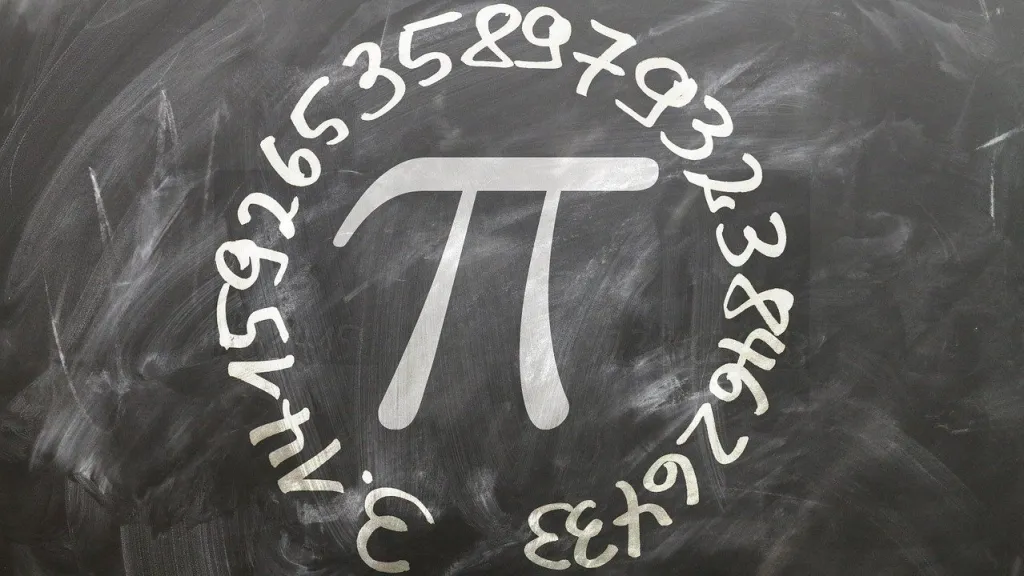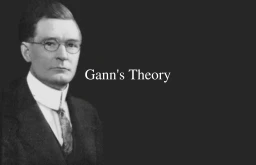How to use Fibonacci Retracement?

Fibonacci Retracements are a technical indicator that is used by traders to identify possible support and resistance levels. The indicator is based on the Fibonacci sequence, which is a series of numbers where each number is the sum of the previous two. The Fibonacci Retracement tool can be used on any time frame, but it is most commonly used on longer time frames such as the 4-hour or daily chart. The indicator can also be used on all types of financial instruments, including stocks, futures, commodities, and Forex pairs.
What are Fibonacci Retracement levels?
Fibonacci Retracement levels are technical analysis tools used by traders to identify possible support and resistance levels. The Fibonacci Retracement levels are derived from the Fibonacci sequence. It is a series of numbers where each number is the sum of the previous two numbers. The most popular Fibonacci Retracement levels are 23.6%, 38.2%, 50%, and 61.8%.
The Fibonacci sequence was first discovered by the Italian mathematician Leonardo Pisano Bigollo, who was also known as Fibonacci. The Fibonacci sequence is named after him. The sequence begins with 0 and 1, and then each subsequent number is the sum of the previous two numbers: 0, 1, 1, 2, 3, 5, 8, 13, and so on indefinitely.
The key Fibonacci ratios that traders use are 23.6%, 38.2%, 50%, and 61.8%. These ratios are found by dividing certain numbers in the Fibonacci sequence by other numbers further along in the sequence. For example:
21/34 = 0.617 (or 61.7%)
55/89 = 0.618 (or 61.8%)
89/144 = 0.618 (or 61.8%)
As you can see, the further you go out along the Fibonacci sequence, the closer these ratios get.
What Do Fibonacci Retracement Levels Tell You?
Fibonacci retracement levels indicate areas of support or resistance in a market. They are calculated by taking the high and low points of a move and dividing the vertical distance by the key Fibonacci ratios of 23.6%, 38.2%, 50%, 61.8%, and 100%.
The 23.6% Fibonacci retracement level is often considered to be the most important, as it represents a 61.8% retracement of an impulse wave. The 38.2% level is also important, as it represents a 50% retracement of an impulse wave. The 50% level is not as important as the other two levels. However, it still provides some significant support or resistance in a market.
The 61.8% Fibonacci retracement level is considered to be the most important reversal level in a market. It marks a 78.6% retracement of an impulse wave and is often considered to be the point at which a market has reversed direction.
The 100% Fibonacci retracement level is not as important as the other levels, but it can still provide some significant support or resistance in a market. It marks a 100% retracement of an impulse wave. This is often considered to be the point at which a market has completed its correction and is ready to resume its previous trend.

What are some of the uses of Fibonacci Retracements?
Fibonacci Retracements can be used in a variety of ways, but some common uses are as follows:
- Predict support and resistance levels
- Identify trend reversals
- As a tool for setting stop-loss levels
- Gauge the strength of a trend
- To time entry and exit points in a trade
What are the advantages of using Fibonacci Retracements?
There are a few key advantages to using Fibonacci Retracements when trading:
- They can help you predict future price movements: By understanding how prices have reacted at previous Fibonacci levels, you can get a better idea of where they might head in the future. This is especially useful when trying to identify potential support and resistance levels.
- They can be used in conjunction with other technical indicators: As Fibonacci Retracements are based on past price action. They can be used alongside other technical indicators to provide even more clues about future market direction.
- They can be applied to any timeframe: Fibonacci Retracements can be applied to any timeframe. These can vary from intra-day charts right up to weekly or monthly ones. This makes them very versatile and useful for all kinds of traders.
What are the Limitations of Using Fibonacci Retracements?
There are certain limitations to using Fibonacci Retracements. One must be aware of this before using it as a tool for analyzing market movements. Firstly, Fibonacci Retracements only work when there is a clear trend in the market. If the market is consolidating or moving sideways, the Fibonacci Retracements will not be accurate. Secondly, even when there is a clear trend, the Fibonacci Retracements can only provide limited guidance on where the market might move next. It is not possible to use Fibonacci Retracements to predict exact price levels or timeframes. Thirdly, Fibonacci Retracements should only be used as one tool in your overall market analysis and should not be relied upon solely.






